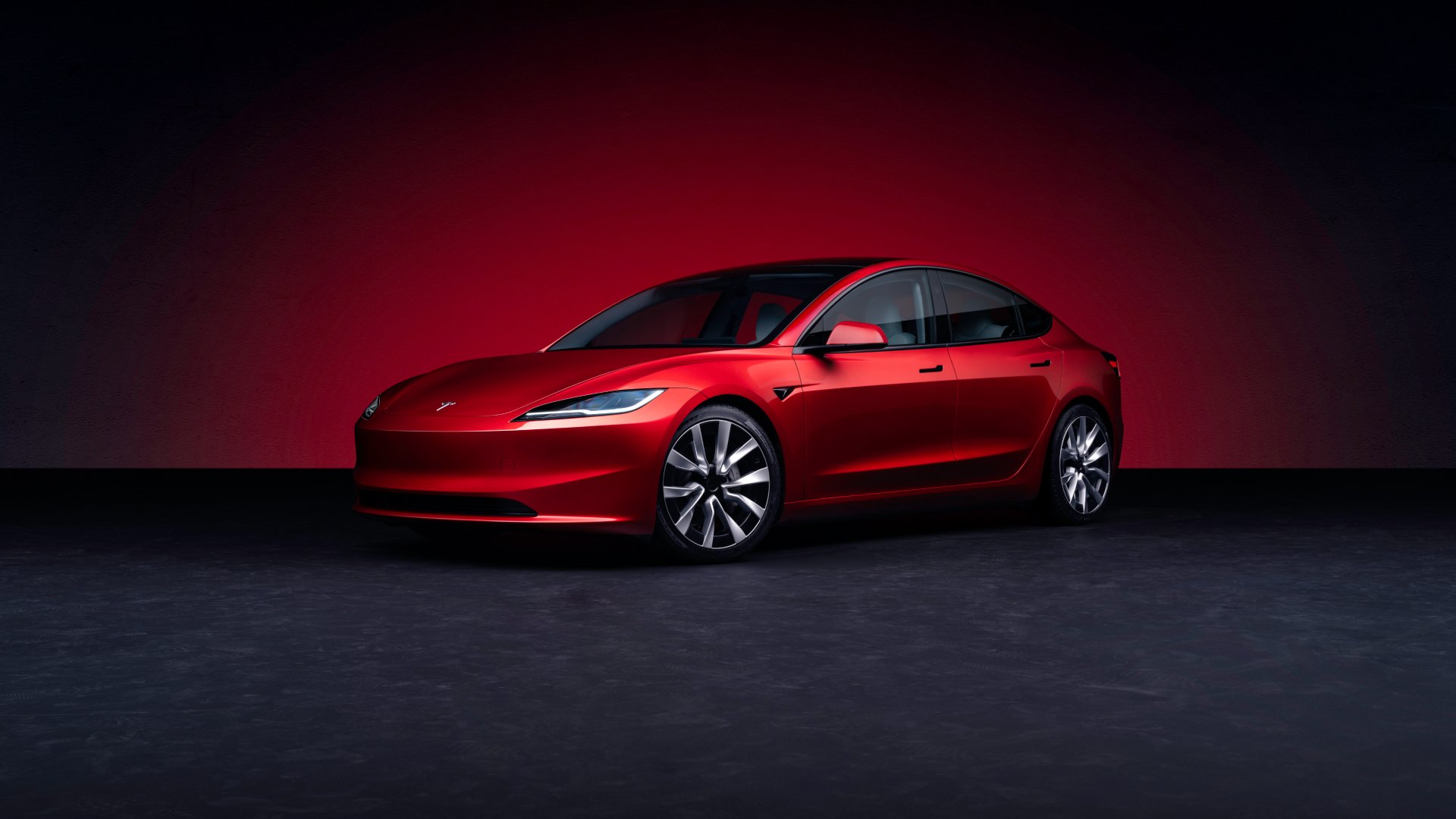Why the Tesla Model 2 and Robotaxi Isn’t an Either/Or Proposition
By Edward A. Sanchez — April 8, 2024
Over the last two weeks, a Reuters report claimed that sources within Tesla said a memo had been circulated that inferred the long-rumored low-cost vehicle program, colloquially referred to as “Model 2,” had been canceled, and that resources had been redirected toward development of the also-long-rumored robotaxi. Naturally, the interwebs went wild with speculation, including that Tesla might “go under” following its Q1 miss on deliveries.
Yet hiding in plain sight in the Reuters piece was a line that was seemingly overlooked by many, that gives a major hint at Tesla’s strategy concerning the two projects.
“The automaker will continue developing self-driving robotaxis on the same small-vehicle platform, the sources said.”
If anything, the story shows a strategic pivot on project prioritization, not necessarily a wholesale scrapping of the low-cost model. The choice of a steer-by-wire system on the Cybertruck was also another major clue, whether Tesla watchers realized it or not. Steer-by-wire is a huge enabler of a so-called “robotaxi” type vehicle. True Level 5 autonomous vehicles are envisioned as having no human controls whatsoever, with all steering, acceleration, braking, and navigation functions controlled entirely by the autonomous system at all times. There is still the hypothetical provision for remote driving if the situational scenario the car finds itself in stumps the system.
A Level 5 autonomous vehicle would basically consist of the passenger compartment, a sub-floor battery pack, and electric motor(s). Steering and braking would be controlled by the vehicle system. There would be no steering, accelerator, or braking controls in the cabin. But to change it to a “normal” car would only require the addition of a steering wheel, accelerator, brake, and directional (forward/reverse) controls. In a vehicle where all driver controls are “by-wire,” this is a rather straightforward proposition. There are no protrusions through the firewall of steering or braking shafts, throttle cables, etc. Just simple wiring harness connections.
While there would obviously be some design differences between a true Level 5 product and a human-driven model, there could be enough common components that two vehicles could easily employ a shared platform.
It seems Tesla is not the only player interested in this space. As discussed in Episode 164 of our podcast, Mate Rimac confirmed the company is working on “something special” that will be revealed June 26. That announcement was misinterpreted by many as EV supercar maker Rimac coming out with an EV hot hatch model. While I would love to see a fun and affordable hatchback from Rimac, I believe the actual announcement will be a lot less interesting to car enthusiasts, and a lot more interesting to technology enthusiasts.
Tesla, meanwhile, will likely have two models on the same platform that they can tout — one with a steering wheel, and one without. The Tesla robotaxi may end up hitting the streets (at least in limited numbers) before the Model 2, or the two may be revealed concurrently. Whatever is announced or revealed in August is likely different than what many are expecting, including myself. I could be totally off base with my predictions, and I’ll gladly own that. But reading between the lines and not just falling for the red herring clickbait told me a different story than the sensationalistic headlines proclaimed.
(Image courtesy Tesla )








